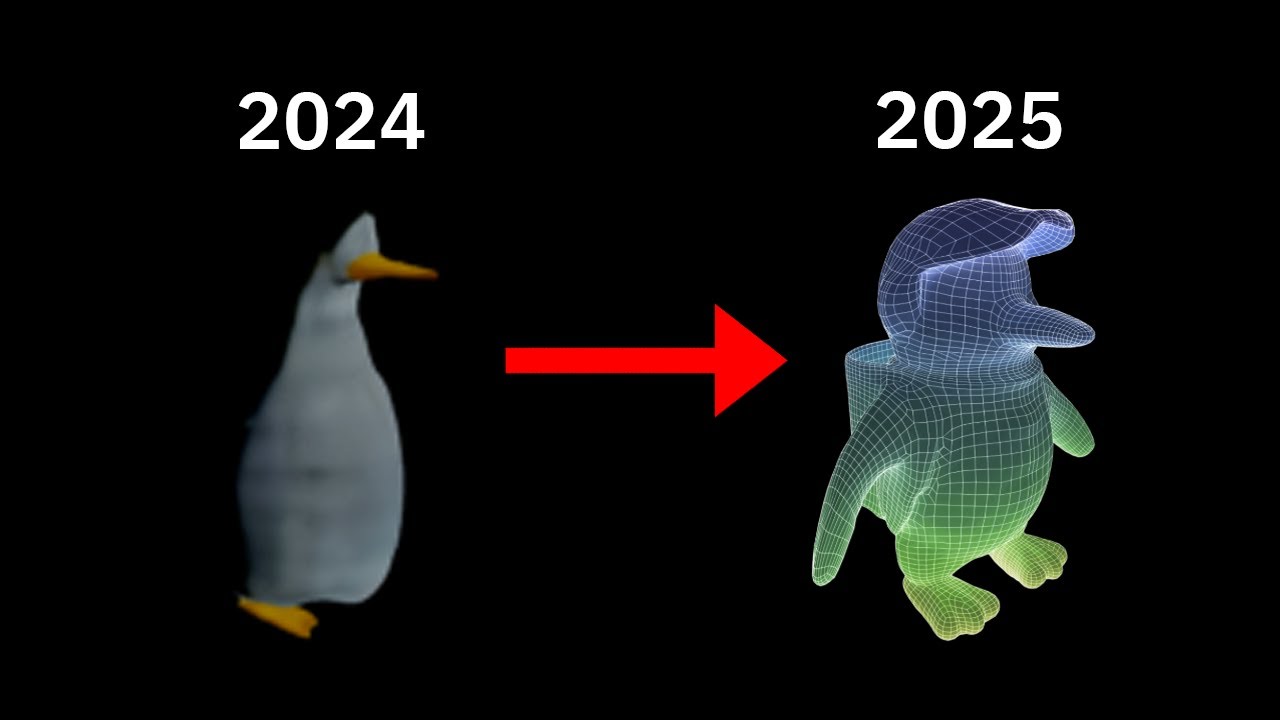In early 2024, significant advancements in AI 3D modeling have emerged, particularly with the introduction of Gaussian splatting and instant mesh generation, which address previous challenges related to meshes and topology. Notable developments include the Mesh Anything model and the Llama Mesh language model, both of which enhance mesh generation capabilities, suggesting a promising future for AI in 3D modeling across various industries.
In early 2024, the landscape of AI in 3D modeling has seen significant advancements, particularly in addressing the challenges associated with meshes. Traditionally, AI struggled with meshes due to their non-differentiable nature, which made it difficult for models to effectively learn and generate them. However, a breakthrough known as Gaussian splatting has emerged, introducing differentiable rendering techniques that produce impressive results. This innovation has paved the way for the creation of 3D videos, marking a potential revolution in the field.
The introduction of instant mesh generation has further transformed the 3D modeling process. This new approach allows for the direct creation of meshes, moving away from the limitations of Generative Adversarial Networks (GANs). With a competitive leaderboard now in place, various models are being released rapidly, showcasing their capabilities. However, many of these models overlook a critical aspect: topology, which is essential for creating realistic and functional 3D structures.
A notable advancement in addressing topology is the development of a model called Mesh Anything. This model generates meshes in a manner similar to how language models produce text, generating vertices one at a time. This innovative approach raises questions about the potential impact on the future of 3D modeling and AI’s role in it. As new models continue to emerge, the focus on topology could lead to more sophisticated and accurate mesh generation.
Among the recent releases is Llama Mesh, an open-source language model fine-tuned on OBJ files, enabling it to understand and generate meshes based on language input. Although its integration into Blender is still in the early stages and not yet fully refined, the small company behind Llama Mesh, InVideo, has made strides in research with their new project, Mestón, which shows promising results in mesh generation.
Looking ahead, the expectation is that Mestón will be released as open-source software, further enhancing the capabilities of 3D AI. As the technology continues to evolve, it is anticipated that AI will become a standard tool in 3D software, streamlining workflows and improving the quality of 3D models. The rapid progress in this field suggests an exciting future for AI-driven 3D modeling and its applications across various industries.
